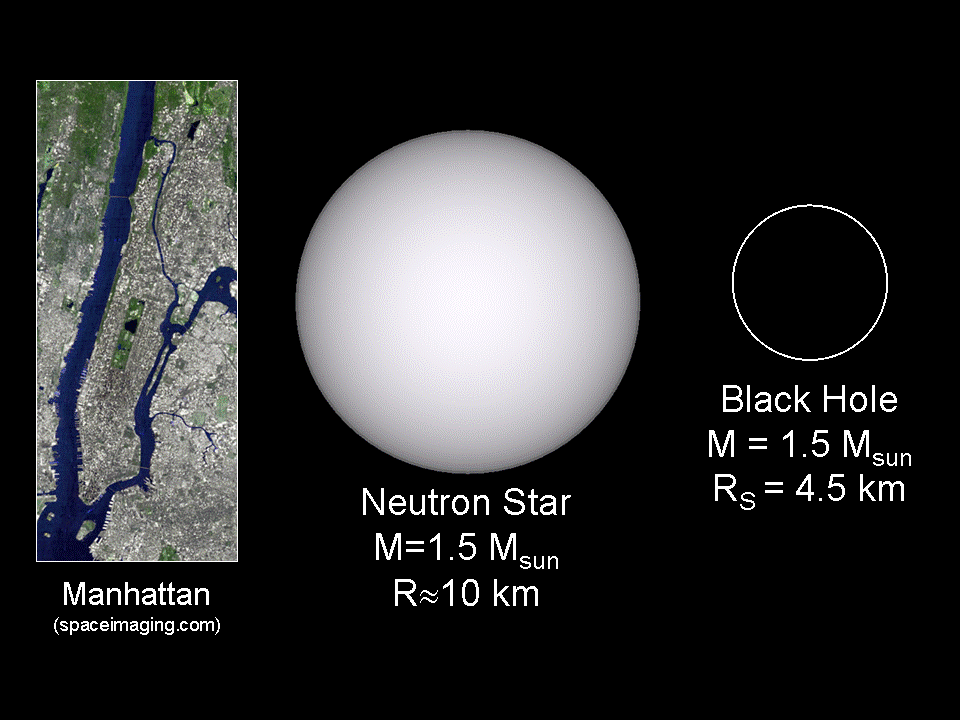Everything dies in the end, even the brightest of stars. In fact, the brightest stars are the ones that live the shortest lives. They consume all the hydrogen they have within a few million years, then explode as brilliant supernovae. Their core remains collapse into a neutron star or black hole. These small, dark objects litter our galaxy, like a cosmic graveyard.
Both neutron stars and stellar black holes are difficult to detect. Neutron stars are only about fifteen kilometers across, and unless their magnetic poles are aligned such that we see them as pulsars, they would typically be overlooked. Stellar black holes are even smaller and don’t give off light of their own. Some appear as microquasars when they consume the mass of a companion star, but most would only be seen when they pass between us and a more distant star, so they could be detected by microlensing.

We haven’t observed enough of these stellar remains to create an observed map of their overall location, but a recent study Monthly Notices of the Royal Astronomical Society has modeled where we might find them. They looked at the distribution of stars in our current galaxy, and simulated how the stellar remains might be tugged and deflected by stellar interactions. Since these “graveyard stars” are typically older than the current stars in the galaxy, they have had more time to move to new orbital paths.
As you might expect, the stellar remains statistically experience a kind of blurring effect in their positions. The distribution of these stars is in a plane three times thicker than that of the visible Milky Way. But the team found one aspect of their distribution that was quite surprising. About a third of these old dead stars are being ejected from the galaxy. In their model, a third of stars have experienced a close stellar encounter that has given them such a speed boost they will eventually escape the gravitational pull of the Milky Way. Put another way, the ghosts are leaving the graveyard.
This means that over time the Milky Way is “evaporating,” or losing mass, which is unexpected. We know that small clusters of stars such as globular clusters can evaporate, but the Milky Way is much more massive, so you would think long-term evaporation would be minimal.
Another aspect of the model that was surprising, is that these stellar remains are fairly evenly distributed throughout the Milky Way. Most stars should have a stellar remnant within a hundred light years of them. For the Sun, the most likely distance of the closest stellar remnant is about 65 light years. So we could have a celestial ghost in our backyard and not even know it.
As more sky survey observatories come online, such as Rubin Observatory, we are likely to catch microlensing events and discover where these stellar remains actually are. Then we will finally be able to see the galactic underworld all around us.
Reference: Sweeney, David, et al. “The Galactic underworld: The spatial distribution of compact remnants.” Monthly Notices of the Royal Astronomical Society (2022).
The post The Milky Way is Surrounded by a Vast Graveyard of Dead Stars appeared first on Universe Today.
No comments:
Post a Comment